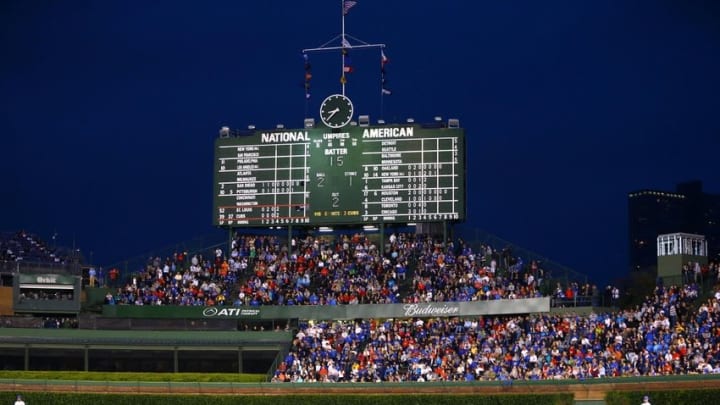3B- Ron Santo (1960-1973)
Another beloved man in the Chicago area, Santo was a terrific player in his heyday. Known more for his radio voice by some, including me, Santo, like Banks, had a passion for baseball that was incomparable. I still miss hearing him complain about a stupid base running error the Cubs make, while Pat Hughes unsuccessfully tries to calm him down.
As a nine time All Star, Santo’s playing career was somehow even better than his years as a broadcaster. The fifth consecutive Hall of Famer on the list, Santo was known as a terrific fielder with some great pop in his bat as well. From 1960-1973, only Brooks Robinson played more games than the durable Santo, and only eight players hit more than Santo’s 337 home runs. His five consecutive Gold Gloves were equally impressive, as he and Willie Mays are the only players during Santo’s era to hit for 300+ home runs and earn a Fangraphs positive Defensive rating.
Not only a great player, Santo was also a great man. Battling diabetes throughout his career, the third basemen was involved in many charitable efforts during his lifetime to help cure the illness. The Ron Santo Walk to Cure Diabetes raised over $65 million from 1979-2014 before Santo passed away.
As an exceptional player and person, Santo is yet another easy choice for this Cubs all time team. Players like Aramis Ramirez and Stan Hack were good hitters in their time in Chicago, but no one had the combination of hitting and fielding that Santo possessed.
